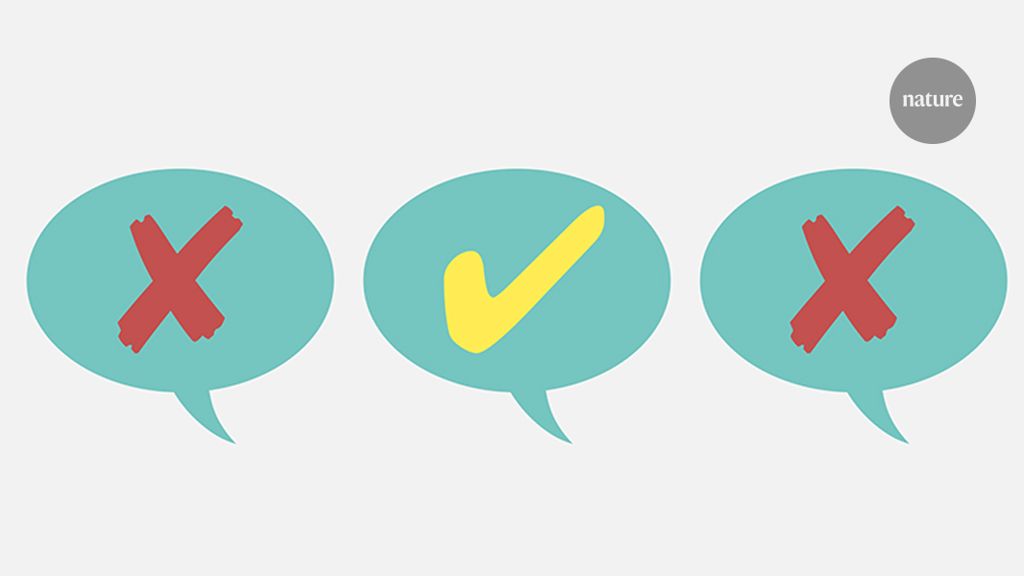A Strategic Approach to COVID-19 Vaccine R&D
A public-private partnership and platform for harmonized clinical trials aims to accelerate licensure and distribution.

publications
Send us a link
A public-private partnership and platform for harmonized clinical trials aims to accelerate licensure and distribution.

Authors, editors and publishers differ in their understanding of and the value they attach to the purposes of peer review.
Explanation of the differences between confirmatory and exploratory research and the dangers of confusing the two concepts.
We have developed an analysis pipeline to facilitate real-time mutation tracking in SARS-CoV-2, focusing initially on the Spike (S) protein because it mediates infection of human cells and is the target of most vaccine strategies and antibody-based therapeutics.

New sources of citation data have recently become available. Although these have been compared to the Web of Science (WoS), Scopus, or Google Scholar, there is no systematic evidence of their differences across subject categories. In response, this paper investigates citations found by these data sources to English-language highly-cited documents published in 2006 from 252 subject categories, expanding and updating the largest previous study.
Peer review is embedded in the core of our knowledge generation systems. Despite its critical importance, it curiously remains poorly understood in a number of dimensions. In order to address this, this paper assesses where the major gaps in the theoretical and empirical understanding of peer review lie.
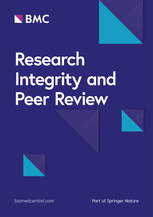
The objective of this review is to identify all preprint platforms with biomedical and medical scope and to compare and contrast the key characteristics and policies of these platforms.

The study replicates the NIPS experiment of 2014, showing that the ratings of peer review are not robust, and that altering reviewers leads to a dramatic impact on the ranking of the papers. This paper also shows that innovative works are not highly ranked in the existing peer review process, and in consequence are often rejected.
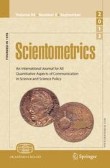
The world is experiencing a major pandemic with a high mor-tality. One can hope that the outbreak will end spontaneously aftermost people are infected, but the SARS-2 coronavirus may becomeendemic and continue to cause cycles of respiratory disease andfatal pneumonias.
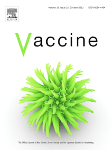
It is urgent to understand the future of severe acute respiratory syndrome-coronavirus 2 (SARS-CoV-2) transmission. This research group used estimates of seasonality, immunity, and cross-immunity for betacoronaviruses OC43 and HKU1 from time series data from the USA to inform a model of SARS-CoV-2 transmission.

The postdoctoral experience is in need of reform. Here the authors outline concrete steps that institutions, postdocs and mentors can take to improve the landscape.
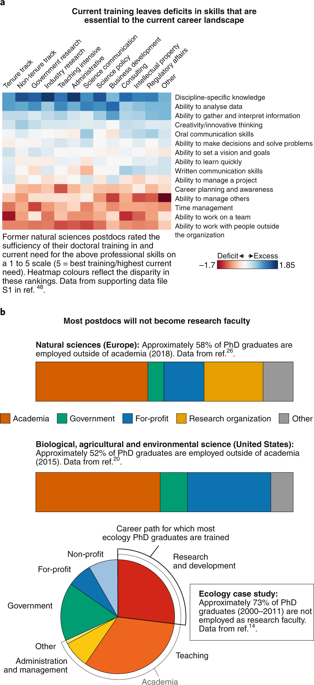
Confused about mask wearing? Sure, it’s complicated. But not as complicated as some people imply.
Data makes science possible. Sharing data improves visibility, and makes the research process transparent. This increases trust in the work, and allows for independent reproduction of results. However, a large proportion of data from published research is often only available to the original authors. Despite the obvious benefits of sharing data, and scientists' advocating for the importance of sharing data, most advice on sharing data discusses its broader benefits, rather than the practical considerations of sharing. This paper provides practical, actionable advice on how to actually share data alongside research. The key message is sharing data falls on a continuum, and entering it should come with minimal barriers.
Read the original article in full on F1000Research: Discipline-specific open access publishing practices and barriers to change: an evidence-based review
This perspective article proposes that the answer shifts the conception of replication from a boring, uncreative, housekeeping activity to an exciting, generative, vital contributor to research progress.
The December, 2019 coronavirus disease outbreak has seen many countries ask people who have potentially come into contact with the infection to isolate themselves at home or in a dedicated quarantine facility. Decisions on how to apply quarantine should be based on the best available evidence. We did a Review of the psychological impact of quarantine using three electronic database
Despite the limitations of funding acknowledgment (FA) data in Web of Science (WoS), studies using FA information have increased rapidly over the last several years. Considering this WoS' recent practice of updating funding data, this paper further investigates the characteristics and distribution of FA data in four WoS journal citation indexes.

Here are a few of the papers our scientists are reading that you might want to check out, too.

The United States, China and Europe are battling to be the first to find a cure, bringing a nationalist element to a worldwide crisis.

The global impact of COVID-19 has been profound, and the public health threat it represents is the most serious seen in a respiratory virus since the 1918 H1N1 influenza pandemic.Here we present the results of epidemiological modelling which has informed policymaking in the UK and other countries in recent weeks.
Estimation of the prevalence and contagiousness of undocumented novel coronavirus (SARS-CoV2) infections is critical for understanding the overall prevalence and pandemic potential of this disease. Here we use observations of reported infection within China to infer critical epidemiological characteristics associated with SARS-CoV2, including the fraction of undocumented infections and their contagiousness.
A qualitative assessment to identify good practices, capacity gaps and investment priorities, whose results could serve as strategic investment targets for the joint efforts of national governments and international organisations that fund programmes for strengthening research capacity in low- and middle-income countries.
In recent years traditional journalism has experienced a collapse, and science journalism has been a major casualty. This study suggests that filling the science news void by scientists as science reporters leads to normal levels of audience engagement.
While the characteristics of scholars who publish in predatory journals are relatively well-understood, nothing is known about the scholars who review for these journals. This article aims to shed light on the reviewers for predatory journals.

Many of these titles have some editorial oversight - but the quality of reviews is in question.
